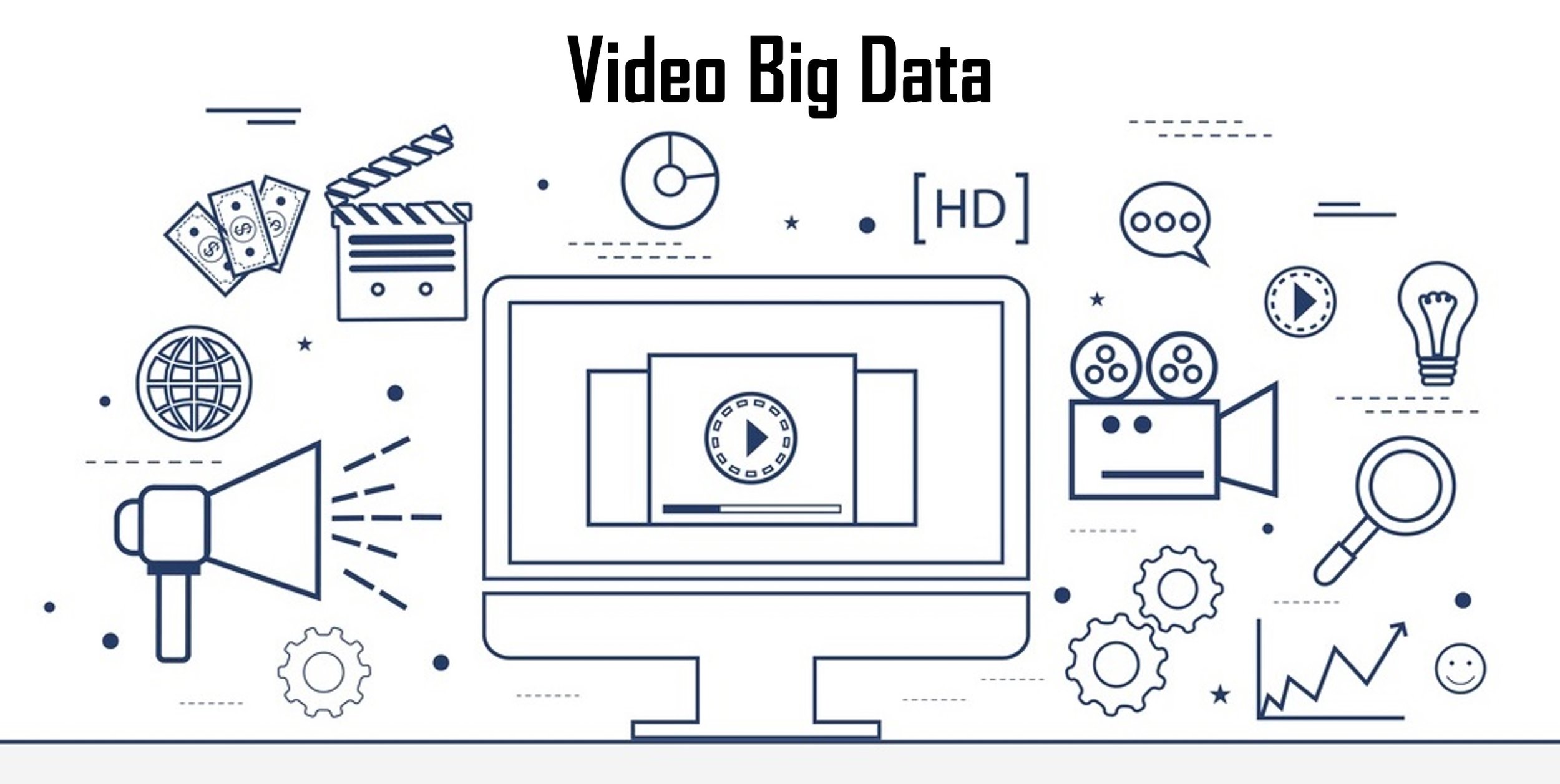The term "Video Big Data" is rarely heard of. The reasons are pretty simple:
- It's difficult to extract data from videos
- It's difficult make sense of unstructured video data
Therefore, it is not an understatement to say that video is the most difficult medium to search and extract intelligence from. However, given the amount of videos are that generated daily in the public domain (e.g. YouTube) and private domain (e.g. broadcasters, CCTV, education, etc.), it is also not an understatement to say that video is the King of Content.
The objective of Big Data is to gain Business Intelligence. Video Big Data is no different. The obvious difference is the source and the type of data that can be extracted out from videos.
This Video Big Data Whitepaper aims to explain how we can extract value and intelligence from videos with a 3 step approach:
- Extract video data
- Transform unstructured video data
- Analyse to data into intelligence
With this whitepaper, we hope to share some of our knowledge and experiences working with Video Big Data. From our calculations, we estimate that Video Big Data will dwarf Big Data as we know it. Thus, the importance of this whitepaper. We hope you enjoy and benefit from it!
Yours sincerely,
The VideoSpace Team





